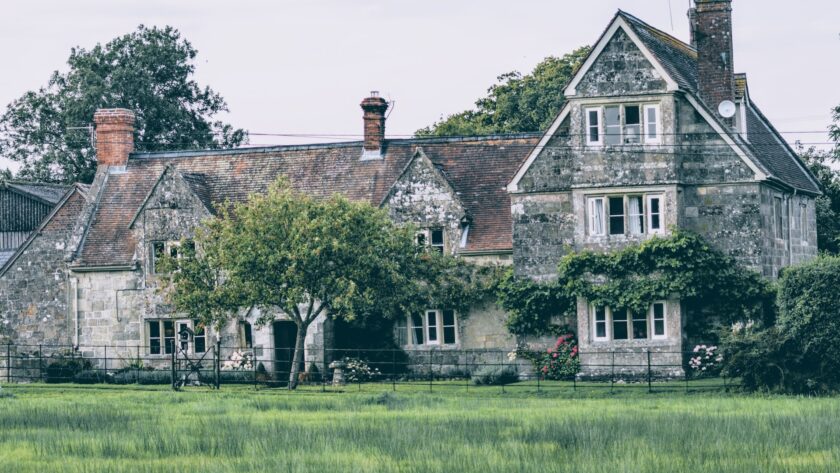Fixing and flipping homes is a popular real estate investment strategy where an investor buys a distressed property, renovates it, and then sells it for a profit. While this real estate investment can be profitable, it requires careful execution to be successful. Fortunately, the right strategies can help you achieve the desired outcome. Here are a few you can consider when fixing and flipping homes.
1. Look for undervalued properties
The key to a successful flip is finding an undervalued property that has the potential to be renovated and resold for profit. Therefore, you can consider distressed properties. These homes are often undervalued because they are in poor condition or neglected. These properties can include foreclosed homes, homes that are in disrepair, or homes that have been on the market for an extended period. Websites like Zillow, Trulia, and Realtor.com can be great resources for finding undervalued properties. You can filter your search to only show properties below market value or on the market for a long time. You can also leverage motivated sellers, who are often willing to sell their property for a lower price than its market value.
2. Don’t overspend on renovations
One of the biggest mistakes that novice flippers make is overspending on renovations. Remember that you’re trying to make a profit, so you need to keep your expenses under control. Focus on the repairs that will impact the home’s value and avoid costly upgrades that won’t yield a good return on investment. For instance, repairing or replacing your property’s roofing is beneficial if there are damages. And companies like Best Choice Roofing can help you undergo this project without breaking the bank.
3. Work with experienced contractors
You must work with professionals to handle the renovations unless you’re a licensed contractor. Before hiring, you must determine your project’s specific needs. This includes identifying the scope of the project, the timeline, and the budget. Understanding your project requirements will help you identify the right contractor. Consequently, check a contractor’s license by visiting your state’s contractor licensing board’s website. Additionally, ensure the contractor carries liability insurance and worker’s compensation insurance to protect you from liability in an accident or injury; a Personal Injury Attorney can help you regarding any claims against contractors for any accident and injuries down to their negligence.
4. Market the home effectively
When it’s time to sell, you must prioritize effective marketing to attract potential buyers. This includes online listings, print ads, open houses, and social media marketing. Work with a real estate agent with experience selling homes in your area, and be prepared to negotiate with potential buyers for the best price. You’ll need to stage the home to make it appealing to potential buyers. This can involve adding decorative touches, rearranging furniture, and renting furniture or artwork to make the home look its best. A well-staged home can help you sell the property more quickly and for a higher price.
5. Have a backup plan

Flipping homes can be risky, so it’s important to have a backup plan if things don’t go as expected. This might involve holding onto the property as a rental or selling it at a lower price to avoid losing money. Always be prepared for the unexpected, and have the plan to minimize your losses if necessary.
In summary, fixing and flipping homes can be a lucrative investment strategy, but it requires careful hard work, planning, and a bit of luck. These tips can increase your chances of success and achieving your financial goals.



